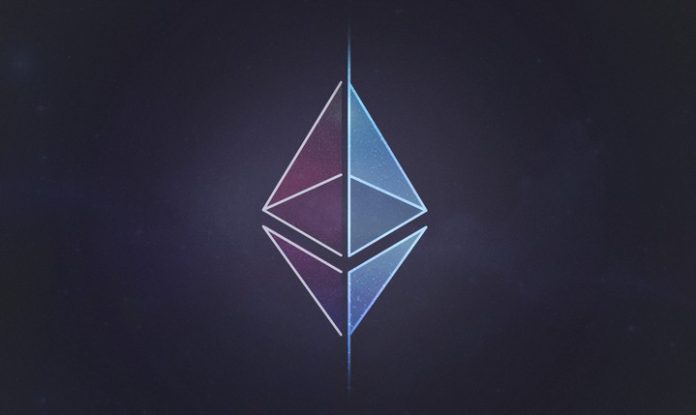New data from SFOX (crypto prime dealer) has revealed a bleak picture of the present state of dApp development in the Ethereum network.
This data which was obtained from an analysis carried out on over 30 million Ethereum transactions, ICO and exchange activity dominated the top ten smart contracts present in the Ethereum network, with the CryptoKitties dApp taking a solitary spot.
The data also revealed that, in contrast to Ethereum’s promise to be a simple and powerful engine for powering smart contracts which developers of dApp can utilize for any purpose, it faces a great challenge to achieve that vision, due to the cost as well as the scaling issues that are still present today.
Promise of Ethereum’s smart contract versus reality
During the height of Ethereum’s bull run that happened several months ago, Ethereum attained a high $1,374, a figure which was largely caused by speculative pressure but also as a result of the hopes created by Ethereum to be offered as a smart contract and decentralized global computing platform.
Investors feel that, Ethereum’s core value was the utility offered by the capabilities of its smart contract, which did not only create for executing trades and transactions, a new framework but also gave developers the chance to build decentralized applications, which would essentially disrupt many existing centralized business models.
This newly released data from SFOX altogether reveals a different picture of how things have turned out in reality. SFOX, making use of a Jupyter Notebook to question the public Ethereum dataset of Google hosted on BigQuery revealed that, out of the top ten Ethereum smart contract addresses by transaction volume, dApp holds just one.
Nine out of the ten addresses are dedicated to decentralized exchange activity, centralized exchange activity, and sales of the ERC 20 ICO token. The CryptoKitties App happens to be the only decentralized app smart contract present on the list. The CryptoKitties dApp creates non-fungible tokens running on Ethereum’s ERC-721 standard. In other words, most Ethereum smart contracts activity is still focused at trading ether and Ethereum-based tokens. DApps have not taken off the way investors expected them to, and this is happening due to some reasons.
CCN, in August reported that EOS and Ethereum, had just eight decentralized applications and having between them over 300 active users. This lack of activity was majorly caused by gas costs on the Ethereum network as well as scalability problems. Particularly, Ethereum is well-known for experiencing high gas fees in times when the network is congested, which cripples the operations of the dApp.




